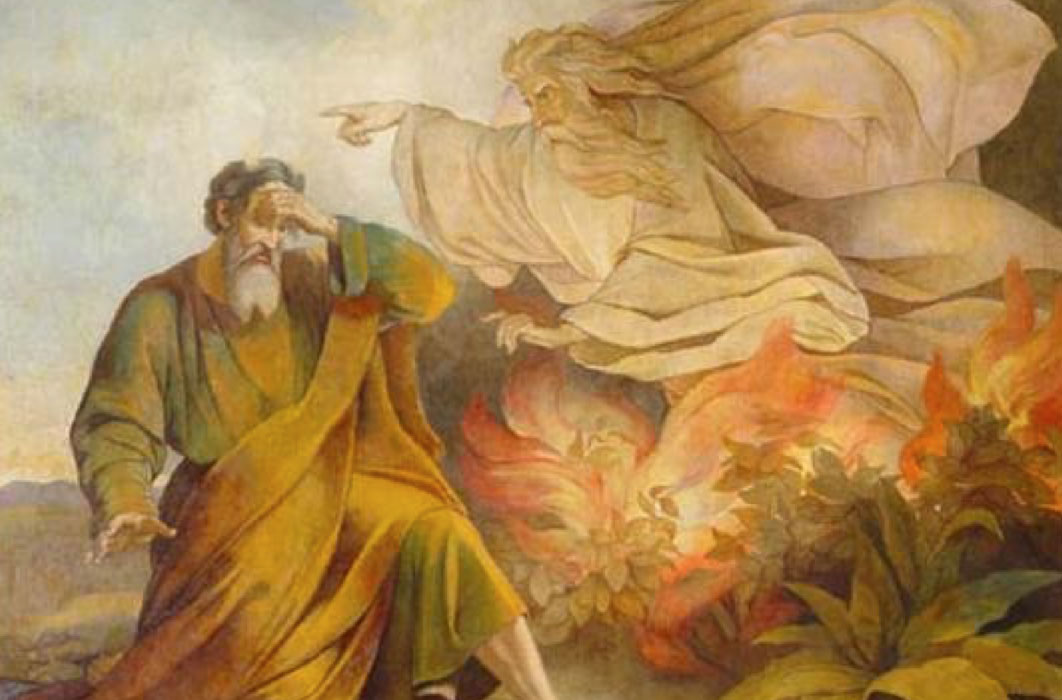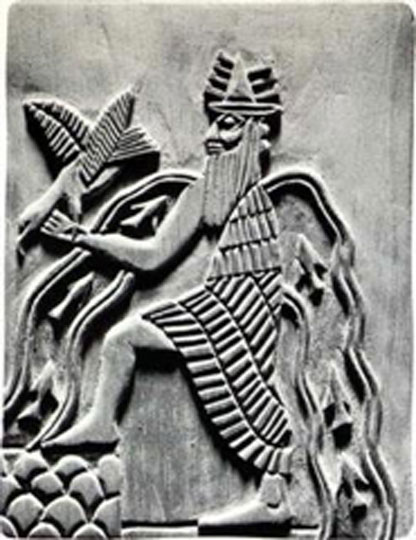
The Enigmatic Name and Face of YHWH
Who has picked up the wind in the hollow of both hands?”
“Who wrapped the water in a cloak?”
“Who raised all the ends of the earth?”
“What is his name and what is the name of his son, in case you know him?", (Proverbs 30: 4)
What was then the real name of the divinity who on Mount Sinai: "gave Moses the two tables of Testimony" written by his own ‘finger’? (Exodus 31:18).
The Meaning of YHWH
YHWH is a form of the Hebrew verb hawàh - to become - and would therefore mean ‘he makes becoming’. Another biblical passage, a cryptic answer - in the 1830 edition of the Vulgate - the principal Latin version of the Bible, prepared mainly by St Jerome in the late fourth century, and (as revised in 1592) adopted as the official text for the Roman Catholic Church - may create some perplexity about the interpretation just given: "If they tell me: "What is his name? What shall I tell them?". God said to Moses: "I am who I am. So you shall tell the sons of Israrele" (Exodus 3:13).
This occurred around the 13th century BC on Mount Horeb when Moses found himself before the ‘God of Abraham’, the same Abraham whom the same divinity had made: "come out of Ur of the Chaldeans" (Genesis 15: 5).

Image of the Sumerian god Enki. Modern reproduction of a detail of the Adda seal (circa 2300 BC) (Public Domain)
The Lord of Abzu
Taking a giant leap back to the beginning of the third millennium BC, in southern Mesopotamia, among the Sumerians, on the infinite Abzu - the ocean of primordial waters that would extend below the earth's surface - reigned Enki, the Lord of the Earth who, together with Enlil, Lord of the Tempest and An, the divinity of Heaven, constituted the main Sumerian trinity. Each divinity had its own ‘numerical value’ that evidently determined its degree of seniority. An had a value of 60; Enlil had a value of 50, while Enki had a value of 40 and his temple - which was called E-Abzu, that is ‘The great house of the Abyss’ - had been built in the city of Eridu. Enki was, moreover, the divinity that was considered the closest to the ‘vices and virtues’ of the human race: benevolent or irascible, but also just, intelligent and creative, eager for a continuous contact between the transcendent world, the divine and the immanent, human world.

Tablet XI in clay with the story of the universal Flood, written in cuneiform characters in the Akkadian language. British Museum , London (Public Domain)
According to the Sumerian religion, it was Enki himself, before the immense Flood called by Enlil, who suggested to Ut-napishtim to build the famous Ark, an episode repeating, a few centuries later, in the biblical texts.




